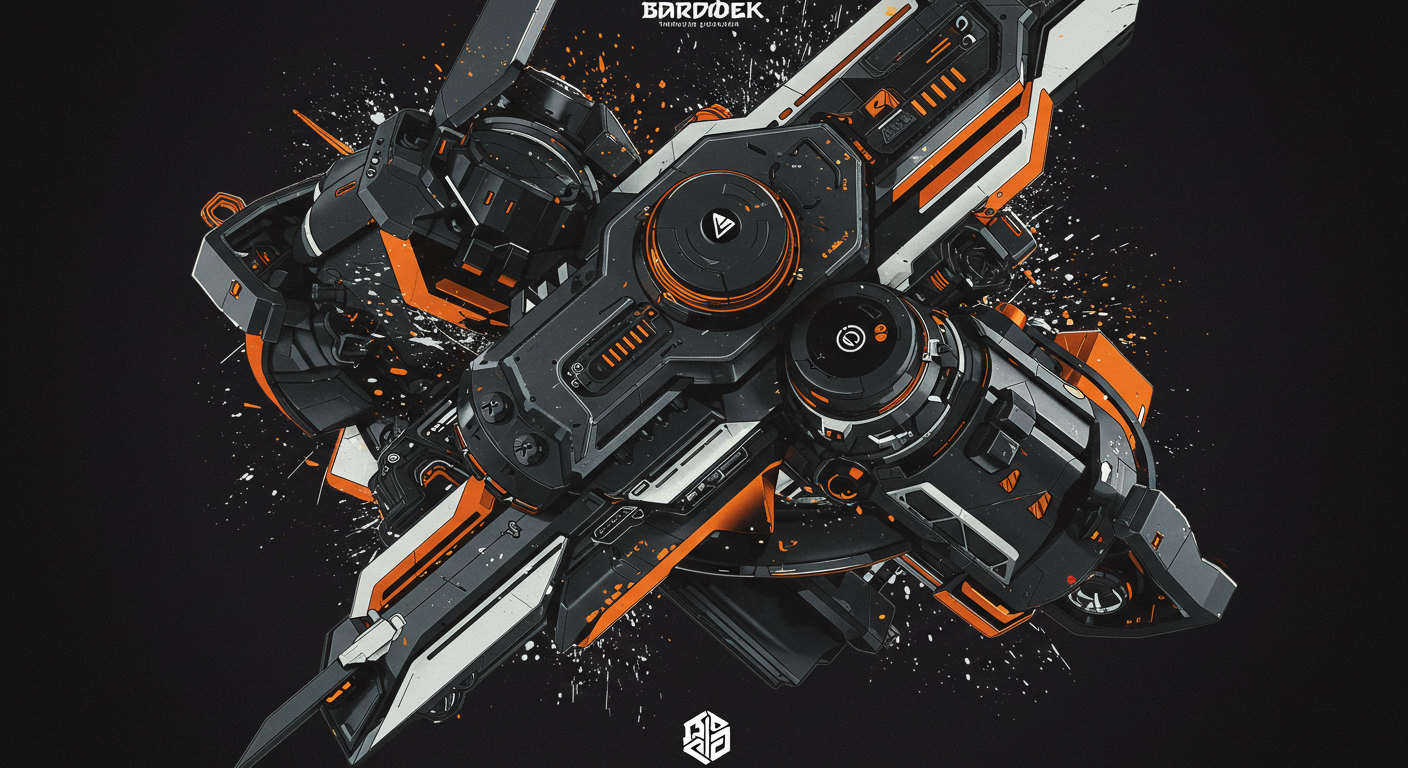The word bardoek may sound mysterious, yet it carries depth when explored through history, culture, and modern context. From its etymological roots to its evolving relevance in contemporary life, bardoek is more than just a term—it symbolizes resilience, creativity, and identity. This article dives into the origins, interpretations, and importance of bardoek while examining its place in the present and future.
Understanding the Concept of Bardoek
At its core, bardoek represents a blend of tradition and transformation. The term can be interpreted in multiple ways depending on cultural context. In some perspectives, bardoek reflects an artistic or symbolic form of expression, while in others it holds ties to communal identity and shared heritage.
What makes bardoek unique is how it bridges the gap between the old and the new. It embodies continuity, but also adaptation. This balance has made the concept especially intriguing for those who explore cultural studies, history, or even philosophy.
The Historical Roots of Bardoek
Early References to Bardoek
The history of bardoek is tied to oral traditions and linguistic development. Its earliest use can be traced back to communities that valued storytelling as a way to preserve knowledge. In these circles, bardoek often symbolized strength or endurance.
Cultural Associations
Across different societies, bardoek took on distinct meanings. In some regions, it was connected with craftsmanship and the ability to shape raw materials into functional or beautiful objects. In others, it carried spiritual undertones, representing a passage or journey toward enlightenment.
Symbolism of Bardoek in Tradition
Resilience and Identity
One of the strongest associations with bardoek is resilience. The concept has often been used to describe the human ability to withstand challenges while holding on to core values. For communities that have faced hardship, bardoek is a symbol of survival and collective memory.
Creativity and Expression
Another layer of meaning lies in creativity. Bardoek is often tied to artistry, whether through music, craft, or written forms. This artistic association highlights its role as a channel for individuality and collective identity.
Bardoek in Modern Times
From Tradition to Innovation
In today’s world, bardoek has moved beyond traditional boundaries. It is increasingly referenced in discussions about innovation and adaptation. Whether in art, fashion, or design, bardoek represents the capacity to integrate old wisdom with modern creativity.
Social and Cultural Discussions
Modern conversations around bardek often focus on its potential to unite diverse groups. As globalization brings different communities together, bardek serves as a cultural thread that bridges unique identities while respecting individuality.
Practical Applications of Bardoek
In Arts and Literature
Writers and artists frequently draw on bardek as a source of inspiration. It serves as a theme for novels, poems, and visual art, symbolizing transformation and endurance. For authors, it is a way to explore the human condition.
In Education
Educators also use the idea of bardek to emphasize adaptability and resilience. Lessons built around the concept help students appreciate cultural continuity while embracing change.
In Personal Development
On a personal level, bardek offers a mindset of growth. It reminds individuals that identity is not static but shaped by both tradition and experience. This approach encourages resilience and self-expression in the face of life’s challenges.
Philosophical Perspectives on Bardoek
Transformation and Transition
Philosophers often interpret bardek as a symbol of transformation. It represents the process of moving from one state of being to another, much like the transitions we experience throughout life.
Balance Between Old and New
Another philosophical perspective highlights the balance between tradition and innovation. Bardek captures the importance of learning from the past while also evolving to meet new realities.
Challenges in Preserving Bardoek
Despite its importance, bardek faces challenges in the modern world. With globalization and technological change, traditional meanings risk being overshadowed or forgotten. Ensuring that bardek remains relevant requires active cultural preservation and creative reinterpretation.
Communities that value bardek often turn to education, art, and storytelling as ways to maintain its presence in collective consciousness. By doing so, they ensure that its symbolism continues to guide future generations.
The Future of Bardoek
Looking ahead, baroek holds potential as both a cultural and philosophical guide. In a rapidly changing world, it can serve as a reminder of resilience, adaptability, and unity. The concept may evolve further, integrating into digital spaces, global conversations, and creative expressions.
Ultimately, the future of baroek depends on the balance between preservation and innovation. Its role as a symbol of identity, endurance, and creativity will remain strong as long as communities continue to value and reinterpret it.
Conclusion
Bardok is more than a word—it is a cultural and symbolic anchor that represents resilience, creativity, and identity. From its historical roots in oral traditions to its modern role in art, education, and philosophy, baroek continues to shape how people view themselves and their communities.
By exploring the many layers of badoek, we gain a deeper understanding of how tradition and innovation coexist. Whether viewed as a source of inspiration, a guide for personal growth, or a cultural symbol, bardek remains relevant today and will continue to hold meaning for future generations.

